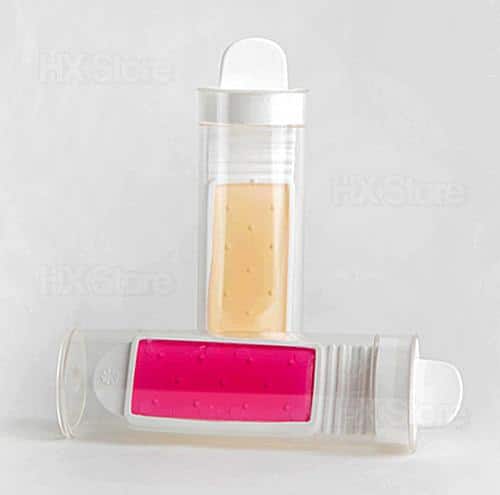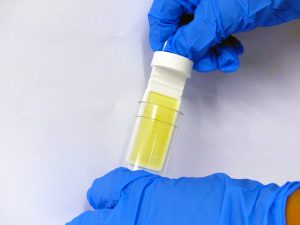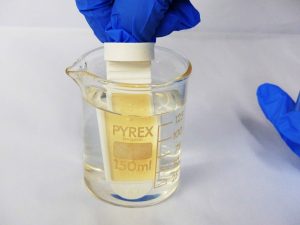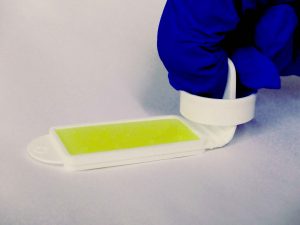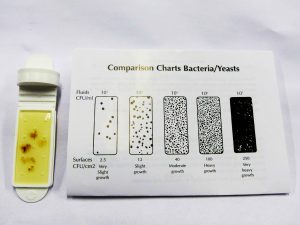RBS Dipslides
RBS Dipslides
Rose Bengal Dip slides (RBS) are our best-selling dip slide due to their 2-test approach to general purpose bacterial testing.
Convenient Total Viable Count bacteria testing, as well as yeasts, moulds and fungi in a single dip slide. Rose Bengal (RBS) is a growth medium for yeasts, moulds and fungi, while the TTC agar tests for bacteria. Our special Rose Bengal dye limits the growth of other contaminants to allow easier enumeration. Antibiotic additive ensures less interference from bacterial contamination. Our Rose Bengal dip slides are ideal for general use in water testing, the food industry, general environmental hygiene, and for tracking microorganisms found in cutting fluids and stored fuel.
Important Note
All dipslides require a period of time in a specialist incubator. You can view our dipslide incubator range here.
Please see the Datasheet section below for details of the incubation period required for these RBS/TTC dip slides.
About RBS/TTC Agar
Our RBS dip slides are dual-sided to test for yeast and moulds on one side, and for total bacterial count on the other.
- Colonies show up as red or pink spots
Rose Bengal Agar is used for general-purpose testing. Rose Bengal agar is selective for yeasts and moulds (fungi and bacteria).
Tryptone Soya Agar with TTC – A general-purpose agar that can detect both aerobic and anaerobic bacteria
Additional information
Inside each 10-pack dipslide box, you will find a helpful leaflet. The leaflet includes:
- Product care and storage instructions
- Guidance on interpreting the results
- A visual guide (comparison chart) to help you interpret the results
- Instructions on how to safely dispose of your dip test once used
10 x adhesive labels are also included to help you keep track of each sample point (sample/date/time/ref/source)
Weight: (10 PK) 0.3 kg
Storage: Store in a cool and dry place (optimum 8-15 degrees C). Use it before the expiration date on the box. Do not use slides if there is any sign of growth before opening.
Please note a small amount of water may collect in the bottom of the tube, this is condensate from the agar and does not affect the performance of the dipslide agar.
How to use our Dipslides
|
|
Using our dip slides is easy! No prior training or experience is required to be able to use the dipslides and read the results effectively. Each dip slide has an easy-grip handle and a flexible paddle for ease of use and for surface testing |
Testing Fluids
|
|
Remove the dip slide from its tube, and without touching the agar gel, immerse the gel part of the slide in the fluid to be tested for about 10 seconds, or hold the slide under running liquid, or spray so that both sides are covered. Allow excess fluid to drain for a few seconds. |
Testing Surfaces
|
|
Remove the dip slide from its transparent container. Do not touch the culture agar gel. Holding the slide by the tab (and the bottom of the slide if required), press one side of the agar against the surface under test, the ribbed neck above the agar will bend to allow full contact. |
Interpretation
|
|
After 48 hrs in the incubator, compare the dipslide to the chart provided in the box, reading the result from the closest matching image. |
Disposal
|
Used slides should be incinerated, autoclaved or soaked in disinfectant for several hours before disposal. |
Share
